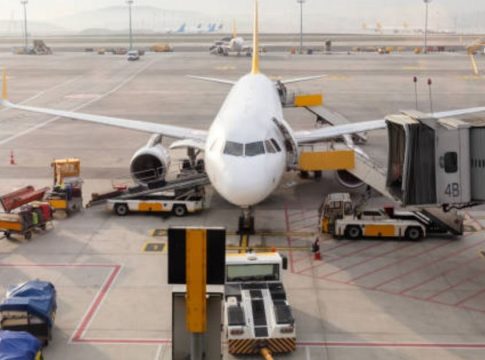Singapore Airlines Restricts Use of Power Banks: What You Need to Know
In a move that prioritizes passenger safety, Singapore Airlines has announced a ban on power banks and battery packs during flights, joining a growing list of major airlines enforcing similar restrictions. This decision is intended to mitigate the risks associated with lithium-ion batteries, which can pose serious safety hazards when overheated or damaged.
New Regulations Effective April 1, 2025
Beginning April 1, 2025, passengers will no longer be permitted to charge their power banks using the onboard USB ports, nor use them to power other devices. This regulation follows increasing concerns over battery safety, especially considering incidents connected to overheating or thermal runaway—a phenomenon where batteries can suddenly catch fire due to various factors, including damage or manufacturing defects.
What You Can Bring Aboard
- Power Banks Under 100Wh: Passengers may bring power banks up to 100 watt-hours (Wh) without any special approval.
- Power Banks Between 100Wh and 160Wh: While these larger batteries aren’t outright prohibited, travelers must seek prior approval from the airline before boarding.
The airline emphasized that the safety of both customers and crew is paramount, reiterating that their staff is well-trained to ensure compliance with safety protocols.
Industry-Wide Concerns
Singapore Airlines isn’t alone in this initiative; other airlines including AirAsia, EVA Air, and Thai Airways have also implemented similar bans. Authorities like the FAA underline the inherent risks associated with lithium-ion batteries, maintaining they can malfunction without warning.
One concerned passenger voiced a common sentiment, suggesting that if users were savvy enough to understand the risks, such strict regulations might be unnecessary. Yet, another pointed out that with power outlets plentiful in many modern aircraft, the actual need for large-capacity power banks might be limited.
The Broader Context
While primarily affecting travelers to and from regions where these batteries are manufactured, this ban highlights a growing trend among airlines to prioritize safety over convenience. As the aviation industry grapples with advancing technology, it raises vital questions about how best to balance passenger comfort with safety measures.
Conclusion
As Singapore Airlines prepares to enforce these new regulations, it’s a good idea for travelers to check the specifications of their power banks ahead of their trip. With airlines becoming increasingly vigilant, staying informed about what is allowed onboard can ensure a smoother travel experience. Whether you’re a frequent flyer or planning a trip in the future, understanding these rules can make all the difference in your journey.
For now, it seems the age of the portable power bank may need a re-think as airlines take extra precautions to keep air travel safe for everyone.

Writes about personal finance, side hustles, gadgets, and tech innovation.
Bio: Priya specializes in making complex financial and tech topics easy to digest, with experience in fintech and consumer reviews.

